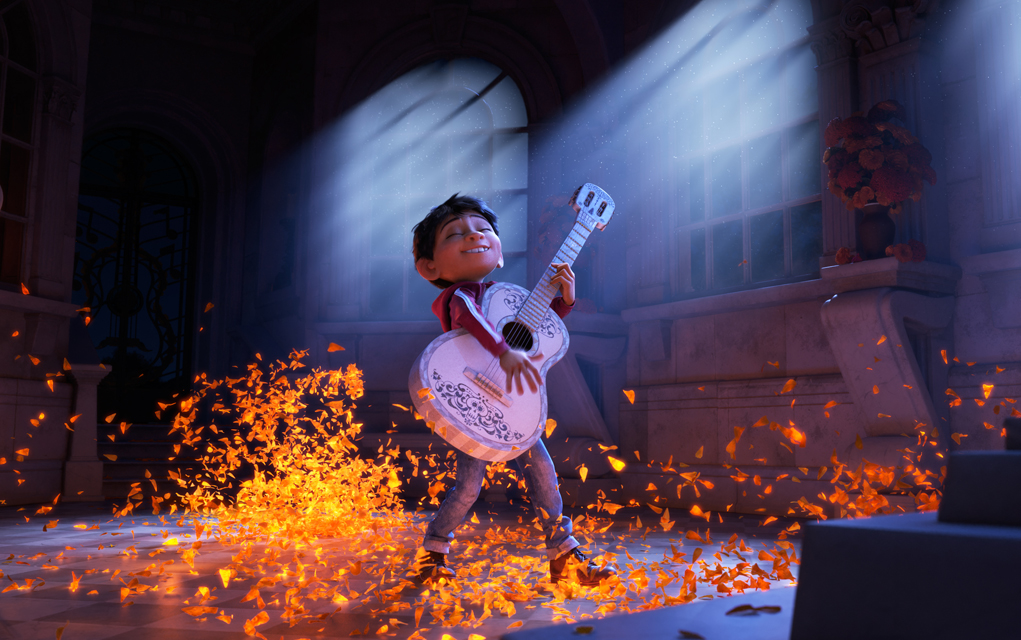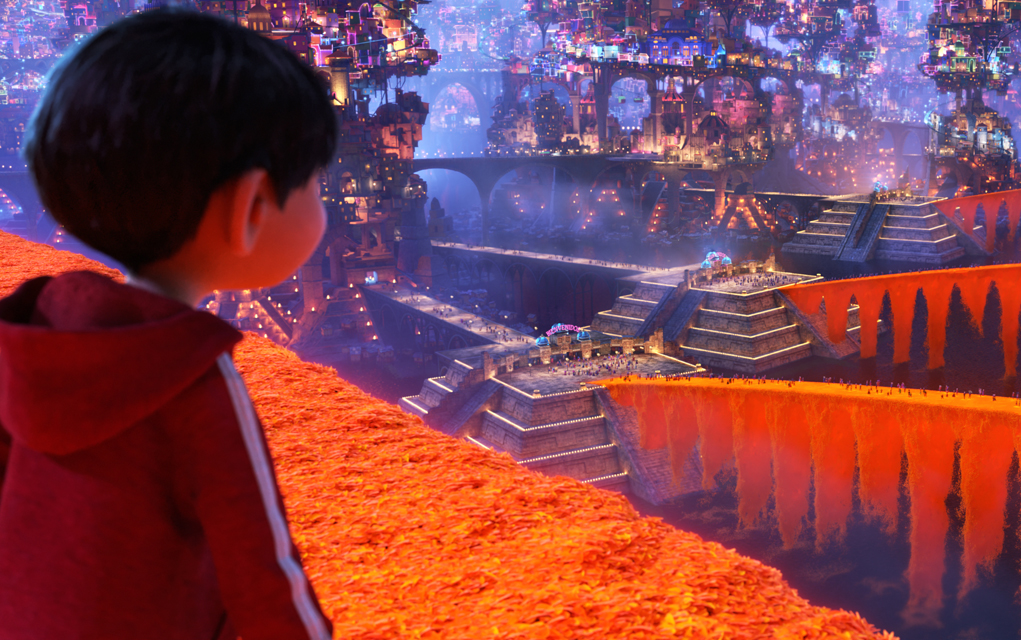
Just as every journey begins with a single step, a lifetime of passion blossoms from a simple aha moment.
“My junior year in college I was in this computer graphics class, and the professor showed these short films that were computer animation,” Danielle Feinberg excitedly tells Boulder Weekly. “It was really the first computer animation I think any of us had really ever seen. … I had an epiphany of, like: That is what I want to do with my life! This is crazy, all the math, science and code I’ve been learning can come together to create worlds and characters and tell stories? Is there anything more magical than that?”
The year was 1994, and the films that hooked Feinberg were Knick-Knack, Tin Toy and Luxo, Jr. — all from the then-burgeoning Pixar Animation Studios. Three years later, and with a bachelor’s degree in computer science from Harvard University under her belt, Feinberg began working for Pixar and has remained at the Emeryville, California, studio ever since.
Though born and raised in Boulder, Colorado — returning frequently to visit family and speak at area schools — Feinberg is as delightfully Californian as the vibrant Golden State sunshine. She speaks fast and thinks faster, breathlessly racing from one thought to the next with an energy that exists only in the truly dedicated. And for anyone working at Pixar, dedication is a base requirement.
Feinberg’s dedication has paid off, landing her positions on 10 Pixar features, most notably as the Director of Photography: Lighting for Brave, WALL•E (where she helped bring cinema’s greatest trash compactor to life) and the studio’s latest, Coco.
“In a lot of ways, this was such a satisfying, creatively satisfying, movie,” Feinberg says of her newest film. Coco follows the story of Miguel, a young boy from Santa Cecilia, Mexico, who accidentally crosses over to the Land of the Dead on Día de los Muertos. To get back to the Land of the Living, Miguel must track down an ancestor in this never-ending City of the Dead before the sun sets, trapping him forever.

“I was so connected to it,” Feinberg continues. “It’s a movie about family, and following your dreams; even when people around you don’t believe in your dream. All things that super resonated with me.
“And the lighting was really cool,” Feinberg says with a grin.
Taking place mainly in the Land of the Dead, Coco is one of the lushest animated movies in recent memory, a prospect that proposed just as many problems as possibilities.
“For the Land of the Dead, you can make any world you want; which is awesome and also awful because you can do anything, so where do we start? What are the rules?” Feinberg explains. “We sort of start figuring that out, but we kept basing it on stuff we saw in Mexico so it still feels Mexican — but feels like this fantastical world that looks nothing like the town we just left.”
A few research trips to Mexico also offered Feinberg a chance to experience the real-world location and culture first-hand, allowing the light and color to influence her approach — to “figure out the pieces that I’m feeling and seeing … that I can bring back to the film to feel more like Mexico,” Feinberg explains.
Feinberg then used her research as a jumping-off point for creativity, finding imaginative ways to bend real-world rules.
“We’re in the computer for a reason,” Feinberg says with a smile. “We didn’t choose live action, you know?”
But, as Feinberg is quick to point out, there are other limits to creation beyond imagination. Ultimately, the audience has to believe what they are seeing on screen.
“It’s really easy to pull the audience out of it if you blow that, or if you go too far,” Feinberg says. “It’s sort of this balancing act … you can overwhelm the audience, visually for sure.
“I’m not sure we’re great at knowing when that happens,” Feinberg continues, with a laugh. “You definitely want to be able to up the ante where you need to so you feel it emotionally.”
This emotional balance is the genius of Coco. Take the movie’s greatest moment: a simple scene between two characters, with a song. Visually the scene is free of distraction, just some hazy sunlight to provide texture. Compare that to the sweeping awe of the movie’s climactic battle, complete with wide vistas, plunging falls and a crowd of thousands. Contrast these two, and you’ll get an idea of how Pixar uses every possible element to extract emotional engagement.

Those elements are partly thanks to Feinberg’s 21-year career at Pixar and partly thanks to the technological advancements Pixar has made. Each movie passes the technological baton a little further up the road.
“In The Good Dinosaur, there’s a scene with the fireflies and they made a special light where it basically takes the location of all the fireflies and puts a light there. But, with some fancy math and code, the computer considers it one light,” Feinberg says, going on to explain that for Coco they used the same code for the street lamps lining the City of the Dead.
“In the scene where we reveal the City of the Dead, there’s probably a million street lamps” Feinberg continues. “So, if we had to hand place or use an older way of doing it, we would’ve paid for a million lights. And we can’t render a million lights.”
One of the most enchanting aspects of cinema is the intersection of art and science. What would The Wizard of Oz be without the lushness of three-strip Technicolor? What would The Shining be without those long Steadicam shots? What emotional impact would that initial shot of the City of the Dead have if there weren’t millions of street lamps?
Feinberg describes this intersection perfectly in her 2016 Ted Talk: “This is the moment that I live for in lighting. The moment where it all comes together and we get a world that we can believe in. We use math, science and code to create these amazing worlds. We use storytelling and art to bring them to life. It’s this interweaving of art and science that elevates the world to a place of wonder, a place of soul, a place you can believe in. A place where the things you imagine can become real.”
In Coco, those imaginary places feel so real you can practically touch them.
“There was no stone left unturned in this movie,” Feinberg says. “It’s a big, epic movie.”
That’s because there’s a big, epic talent behind it.














